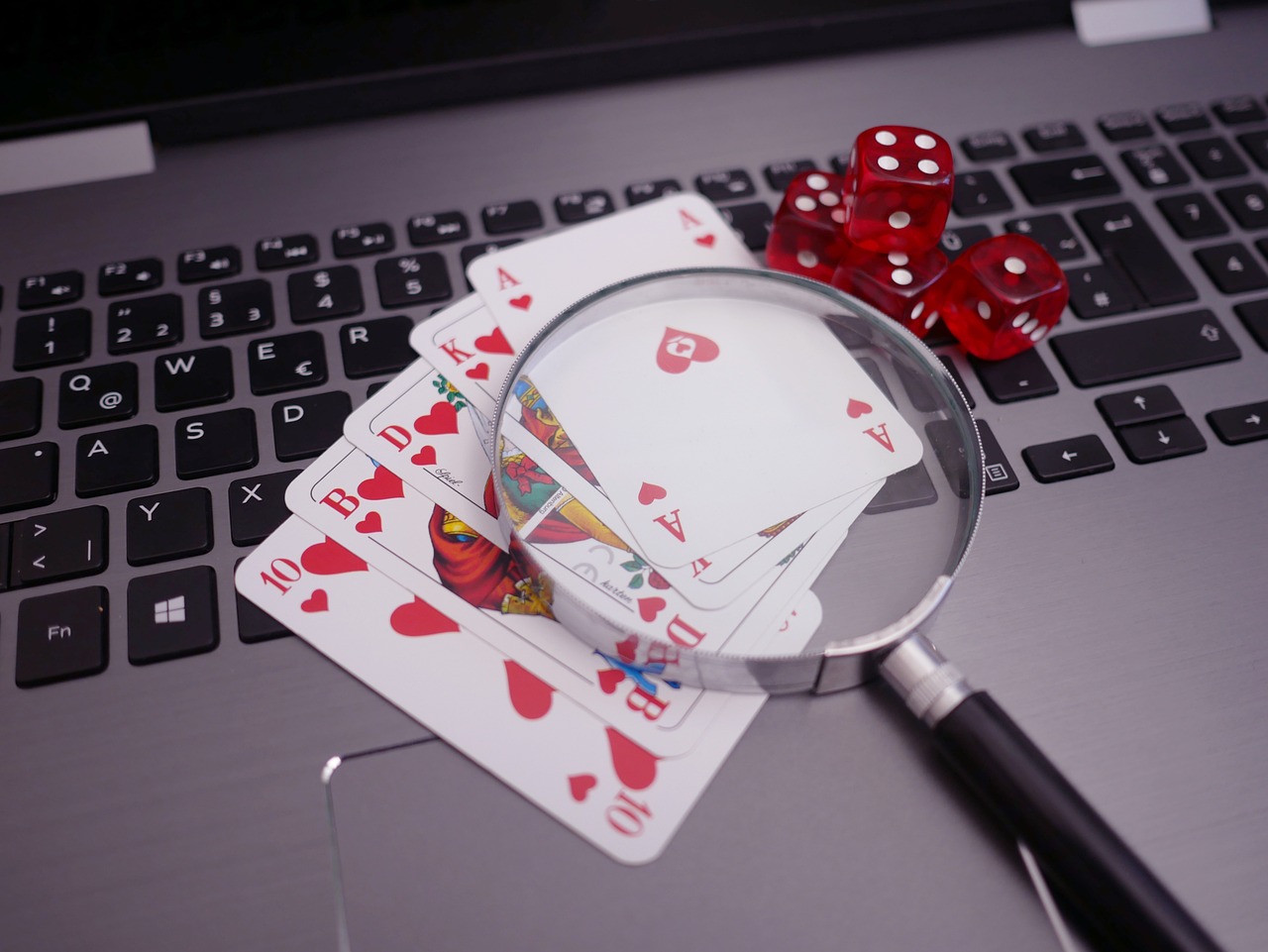If you’ve ever engaged in a game of cards, you’re likely familiar with the thrill of bluffing. It is that heart-pounding moment when you convince your opponents that you’re holding a royal flush while in reality you are holding a pair of twos backed up with three other low number cards.
But in the digital age where sites like Casinodaysindia.com reign supreme, how has the art of bluffing transformed? Let’s dive into the intriguing evolution of bluffing in the 21st century.

The Traditional Art: Reading Faces and Tells
Back in the day, bluffing was a face-to-face battle of wits. Players relied heavily on reading facial expressions, body language, and subtle gestures to detect signs of bluffing. The slight twitch of an eyebrow, the nervous tapping of fingers – these micro-expressions offered invaluable insights into an opponent’s hand.
Fast forward to today, and the digital landscape has altered the playing field in profound ways. The shift from physical to virtual interactions has presented both challenges and opportunities for the art of bluffing.
The Digital Veil: Bluffing in Online Poker
Enter online poker – a world where you’re separated from your opponents by screens and avatars. The art of reading facial expressions is replaced by the skill of deciphering betting patterns, timing, and bet sizing. In online poker, you can’t see the beads of sweat on your opponent’s brow, but you can observe how they bet when they’re strong versus when they’re bluffing.
This shift has given rise to a new breed of bluffers – those who excel at crafting consistent betting patterns that deceive opponents without revealing emotions. Online players often employ reverse psychology, intentionally betting big with a strong hand and small with a weaker one to throw opponents off track.
The Role of Data: Analytics and Algorithms
In the digital age, the art of bluffing isn’t just about reading opponents; it’s also about understanding data. The availability of hand histories, player statistics, and advanced tracking software has given rise to a more analytical approach to bluffing.
Players now use data-driven insights to make informed decisions. They analyse their opponents’ historical betting patterns, reviewing when they tend to bluff and when they play conservatively. This data-driven approach helps modern bluffers craft strategies that are grounded in evidence rather than gut feelings.
Mind Games in the Virtual Arena
As technology continues to shape the way we play, the virtual world has introduced a new layer of psychological warfare. Text-based chat functions in online games offer a digital equivalent of a poker face. Players exchange playful banter, use emojis strategically, and even employ the occasional sarcastic comment to unnerve their opponents.
However, it’s important to note that the digital realm can also distance players from the emotional impact of bluffing. The absence of in-person interactions can sometimes lead to a detachment from the psychological intensity that defines the art of bluffing in traditional settings.
The Blend of Old and New: The Future of Bluffing
So, has the art of bluffing changed entirely in the 21st century? Not quite. While technology has reshaped the playing field, the core elements of human psychology and strategic deception remain at the heart of the game. Players still grapple with the challenge of convincing opponents that they hold a stronger hand than they actually do.
The evolution of bluffing in the digital age is a blend of old and new techniques. The traditional skills of reading opponents have been augmented by data analytics, online player profiling, and mind games within the virtual arena. The result is a more dynamic and intricate approach to bluffing that caters to both the digital realm and the enduring elements of human psychology.
As we wrap up our exploration of how the art of bluffing has evolved in the 21st century, remember that the essence of bluffing remains rooted in human psychology and the thrill of deception. Whether you’re facing opponents across a poker table or engaging in a virtual showdown, the strategic dance of bluffing continues to captivate and challenge players.
The digital age has added layers of complexity, merging traditional skills with modern technology. As you navigate the evolving landscape of bluffing, embrace the fusion of old and new, and may your bluffs be as cunning as they are captivating. After all, in the world of cards, the art of bluffing is a timeless testament to the power of human ingenuity and the allure of the unknown.
